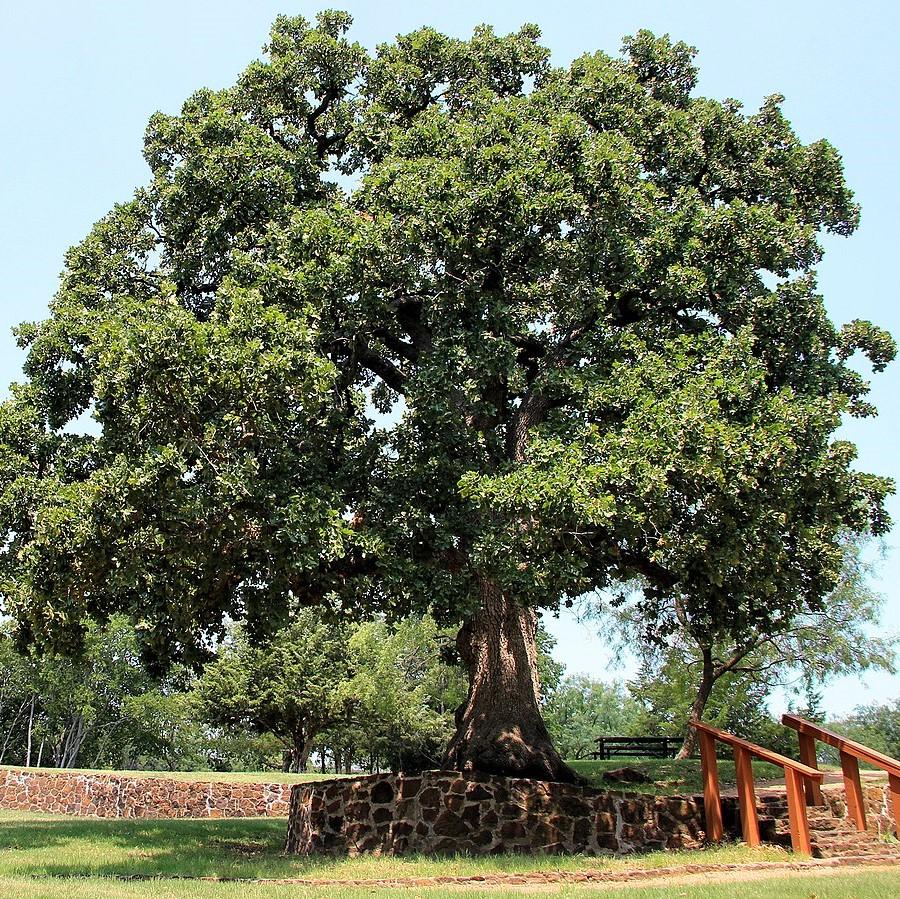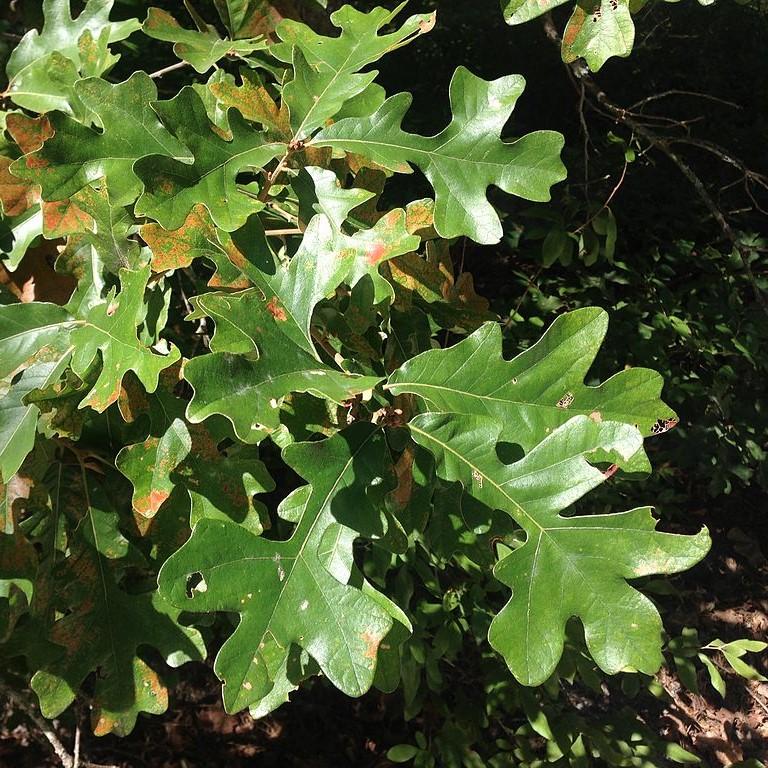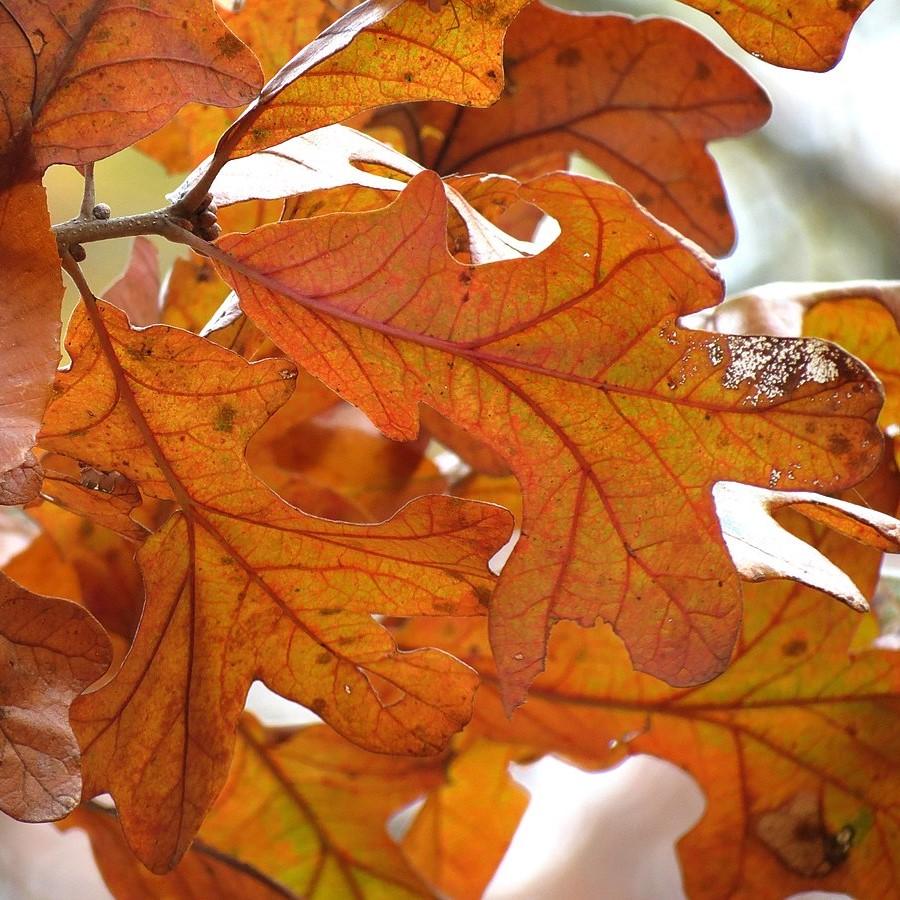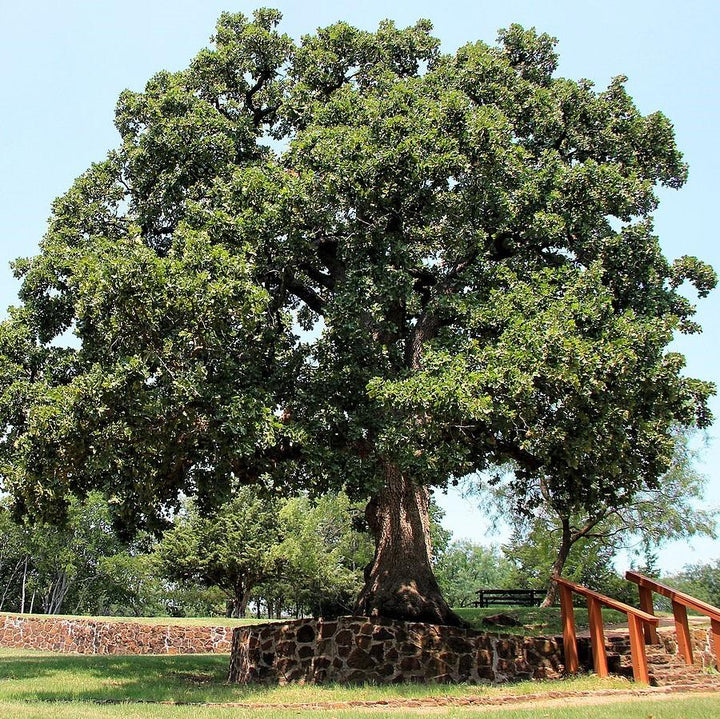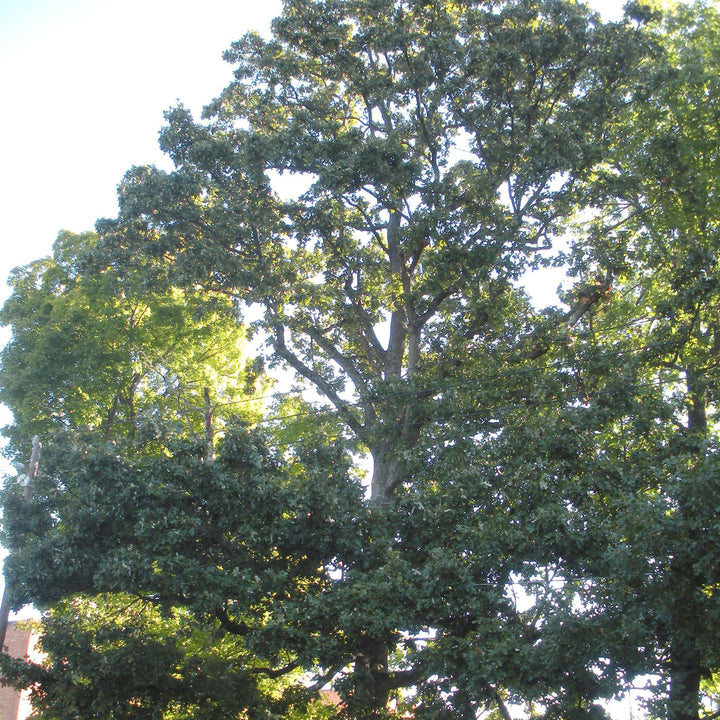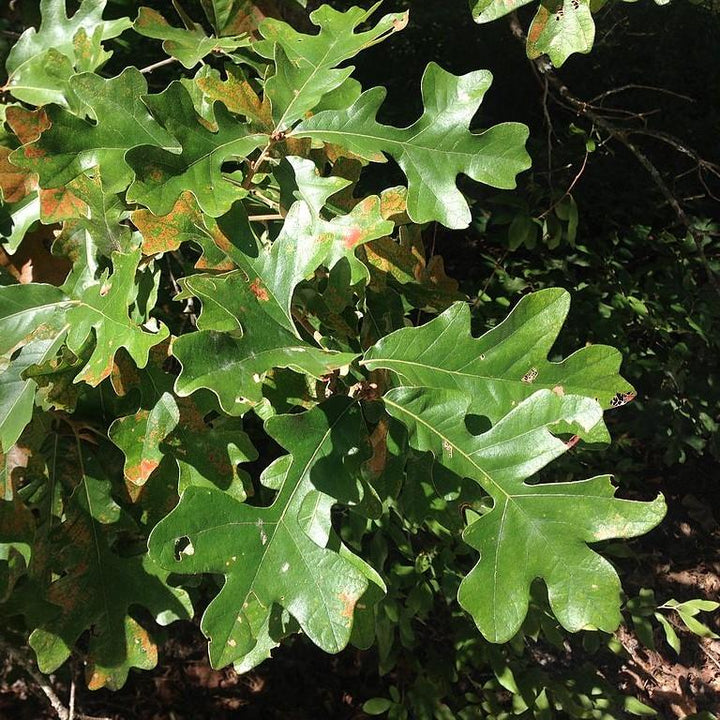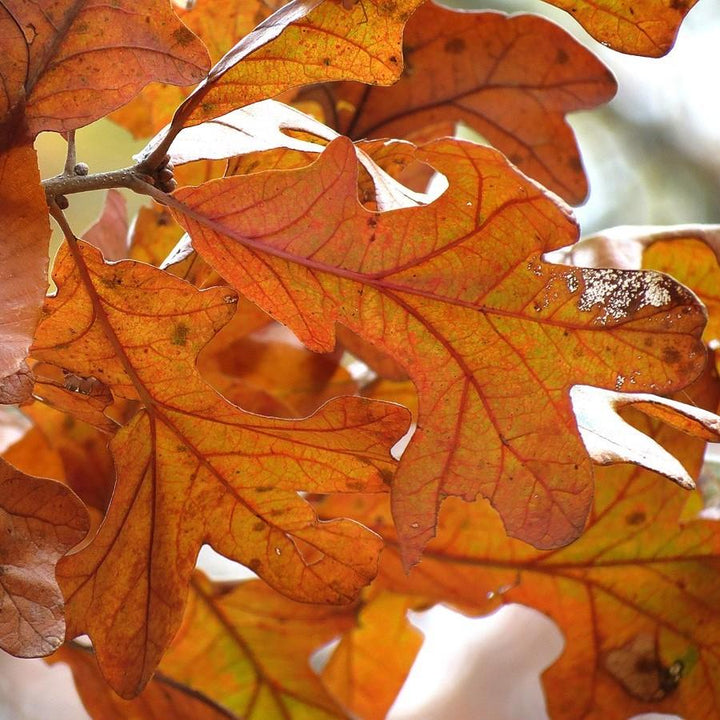Post Oak is a native deciduous tree with a rounded crown and its durable wood is often used for fence posts, hence the name. The leathery deeply lobed foliage is almost cross-shaped and turns shades of yellow or brown in fall. The acorns are oval with bowl-shaped cups, but an take up to 25 years to produce first crop. Best grown in full sun and rich, acidic well-drained soils.
Quercus stellata supports a wide variety of moths and butterflies, including: the Imperial Moth, Banded Hairstreak, Edward's Hairstreak, Gray Hairstreak, White-M Hairstreak, Horace’s Duskywing, and the Juvenal’s Duskywing.
|
Type: |
|
|
Origins: |
Southeast N. America; GA Native |
|
Height: |
35’ - 50’ |
|
Spread: |
35’ - 50’ |
|
Spacing: |
45’ |
|
USDA Hardiness Zone: |
5 - 9 |
|
Culture: |
|
|
Bloom Color: |
Green |
|
Season of Interest: |
MAINTENANCE NEEDS: Low Maintenance. Oaks are susceptible to a large number of diseases, including oak wilt, blight, root rot, anthracnose, oak leaf blister, cankers, leaf spots, and powdery mildew. Potential insect pests include scale, oak skeletonizer, leaf miner, galls, oak lace bugs, borers, caterpillars and nut weevils.
LANDSCAPE USES: Accents or Group Plantings, Borders, Woodland Gardens, Naturalized Areas, Wildlife Gardens, Privacy Screen, and Shade Tree.
COMPANION PLANTS: Crape Myrtle, Serviceberry, Magnolia
IMAGES: Larry D. Moore, Houston campsite oak, CC BY-SA 3.0, (2) Photo by Bruce Kirchoff, Quercus stellata, (3) Famartin, 2014-08-29 11 16 42 Post Oak along White Horse Road in Wharton State Forest, Tabernacle Township, New Jersey, CC BY-SA 4.0, (4) Katja Schulz from Washington, D. C., USA, Post Oak (30361661603), CC BY 2.0, (5) Katja Schulz from Washington, D. C., USA, Post Oak (30361660173), CC BY 2.0
*As plants have ranges in appearance they may not appear as the images shown


